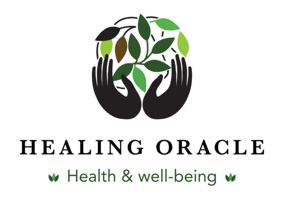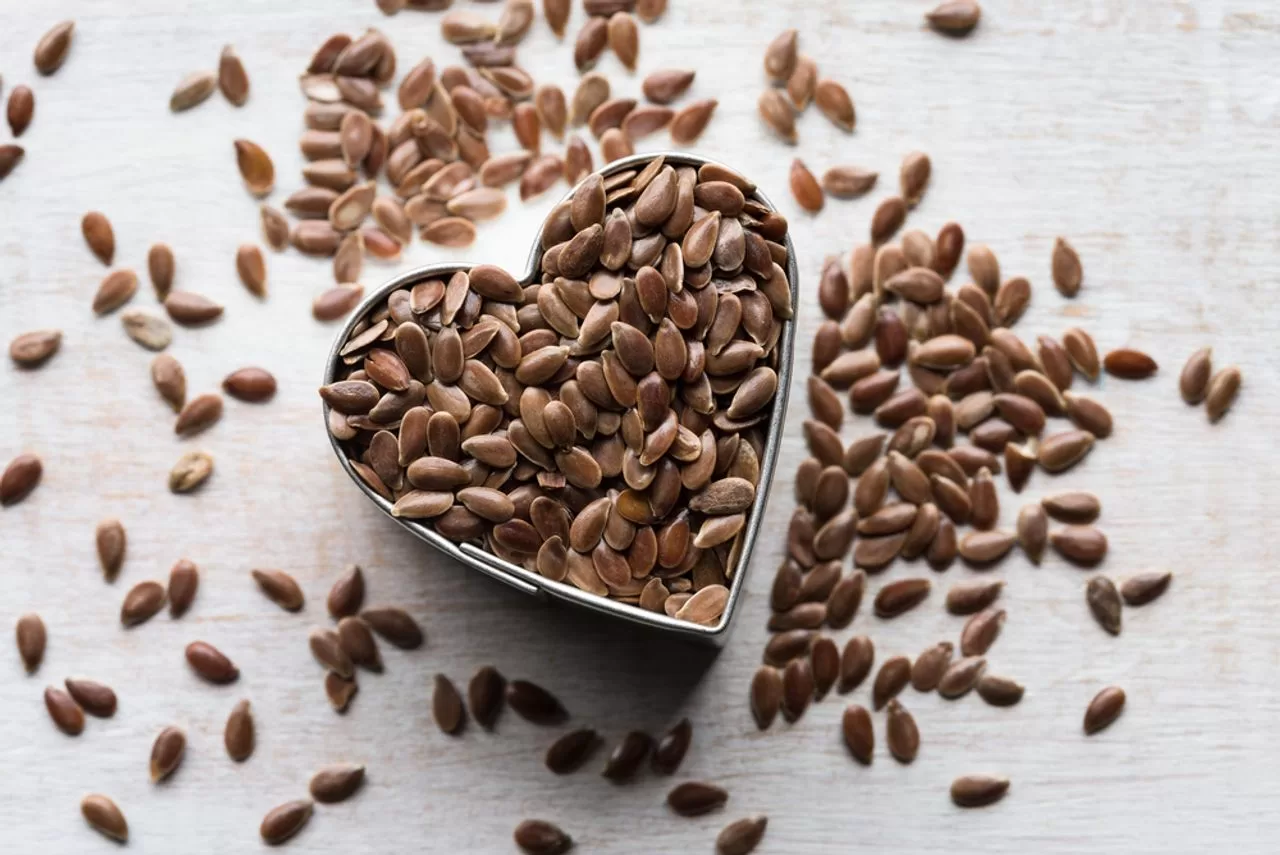Flaxseed is known to be one of the oldest crops, cultivated since the beginning of civilization. In the United States, Flax was first introduced by colonists, typically to produce fibre for clothing [1]. Every part of the flaxseed plant is directly or after processing utilized commercially. The stem contains good quality fibres having high strength and durability. Flaxseed oil and its sub-products are used in animal feed formulation and for human consumption for various benefits.
In the past two decades, flaxseed have been the focus of increased interest in the field of diet and ailment research due to the potential health benefits of some of its biologically active components [2]. Flaxseeds have multiple nutritional features and are rich source of Omega-3 fatty acid [3]: α-linolenic acid, short chain polyunsaturated fatty acids, soluble and insoluble fibres, phytoestrogenic lignans, proteins and variety of antioxidants.
Its growing is due to health benefits such as reducing decreased risk of cancer, cardiovascular diseases [4], laxative effect, anti-inflammatory activity, and alleviation of menopausal symptoms and osteoporosis [5]. Let’s dig in more into its history and flaxseed oil, and its medicinal properties as a functional food source.
Functional elements of flaxseed
Flaxseed is one of the richest plant sources of the ω-3 fatty acid i.e., α-linolenic acid (ALA) [4]. Some major flaxseed growing countries are China, Canada, India, United States, and Ethiopia. Both the brown and yellow/golden flaxseeds have similar nutritional characteristics and equal numbers of short-chain ω-3 fatty acids. According to its physico-chemical composition, flaxseed is a multicomponent system with bio-active plant substances like protein, oil, soluble polysaccharides, dietary fiber, phenolic compounds, lignans, vitamins (A, C, F and E) and mineral (P, Mg, K, Na, Fe, Cu, Mn and Zn). [6]
Flaxseed oil/lipids
Flaxseed is the richest plant source of the omega-3 fatty acid i.e., α-linolenic acid (ALA). Flaxseed oil is low in saturated fatty acids, moderate in monosaturated fatty acids, and rich in polyunsaturated fatty acid. Of all the lipids in flaxseed oil, α- linolenic acid is major fatty acid followed by oleic, linoleic, palmitic and stearic acids, which provides an excellent ω-6:ω-3 fatty acid ratio. Flaxseed oil is naturally high in anti-oxidant and easily gets oxidized after being extracted and purified.
Proteins
The protein content of flaxseed constitutes globulins and glutelin [7]. Flaxseed also contains an amino acid and has zero gluten. Though flax protein is not considered to be a complete protein due to presence of limiting amino acid- lysine. It contains peptides with bioactivities related to decrease in risk factors related to CVD. Whole flaxseed, flaxseed meals and isolated proteins are rich sources of glutamic acid/glutamine, arginine, branched-chain amino acids and aromatic amino acid.
Dietary fibres
Flax fibres are the oldest fibre crops in the world. Flax fibre is extracted from the skin of the stem of the plant. A flax fibre is a natural and biodegradable composite, which exhibits good mechanical properties and low density. It is lustrous, soft, flexible, and have the appearance of blonde hair. It is stronger than cotton fibre but less elastic, thus can serve as raw material for the high-quality paper industry. Insoluble fibre helps prevent constipation and improve laxation [8]. The water-soluble fiber helps to maintain blood glucose levels and lower the blood cholesterol levels.
Lignans
Lignans are ubiquitous within the plant kingdom and are present in all plants. Lignans act as both antioxidants and phytoestrogens [9]. Besides lignans, other phenolic compounds found in flaxseed are p-coumaric acid and ferulic acid. The SDG is converted by bacteria in the gut to the lignans which provide health benefits due to weak estrogenic or antiestrogenic, as well as antioxidant effects. Flax lignans have shown promising effects in reducing growth of cancerous tumours, especially hormone-sensitive ones such as breast, endometrium and prostate cancer [10].
Flax: an ayurvedic and historical medicine
Since thousands of years, humans have been eating flax. Ayurveda is one of the most ancient traditions practiced across the country and now across the globe. Sri Lanka and many other nations have a sound philosophical and experimental basis. Atharvaveda, Charak Samhita and Sushrut Samhita are main scriptures that describe in detail over 700 herbs that benefit human health [11]. Ayurveda and traditional Chinese medical system share many common approaches and have long history of practice. Ayurvedic literature describes more than 200 herbs, minerals and fats for skin care.
According to Ayurveda, flaxseed oil is believed to impact physical & mental endurance by fighting fatigue and controlling aging process. Also, Ayurveda states that flaxseed contains properties such as Madhura which balances the skin pH, Picchaila for lubricous, Balya to improve the tensile strength or elasticity of the skin, Grahi to improve moisture holding capacity of skin, Tvagdoshahrit which removes skin blemishes, Vranahrit which is a wound healing property and useful in Vata or skin disorders including dryness, undernourishment, lack of luster/glow. Flaxseed oil is rich source of vital fatty acids which regulate prostaglandins synthesis and induce wound healing process. Deficiency of EFAs can result into phrynoderma or toad skin, eruptions on the limbs and poor wound healing [12]. Flax preparations were commonly used in medicine as an enveloping and wound-healing agent while treating gastrointestinal disorders. In the ancient times, flaxseed oil has also been administered as a diuretic for treating kidney disorders [13]. It is recommended as an antitumoral, in combination with sweet clover, pain and cough relieving, and anti-inflammatory remedy. It is a potent element in treating freckles when used in a mixture with soda and figs and nail disorders when used with garden cress and honey.
Ayurveda is like an old sage, older than the history yet providing the best possible wisdom. After its mention in the Ayurveda, historians used the magic of flax during the ancient historical times. Human race has been eating this seed since years. The medicinal applications are also stated in the works of Qantes, Hippocrates, and Dioscorides in the medieval books on medicinal herbs in both Asia and Europe. Various medicinal and traditional uses of flax are recommended by Hippocrates and other historians too.
Ending Note:
Nature has gifted us with plethora of benefits that can help us live a healthy life. Just like Flax seeds, black seeds are a powerful gift that has been known for its age-old remedy for everything except “death”. Known as “God of Medicine”, black seeds stimulate the body’s energy and helps it recover from fatigue and dispiritedness. In the same way, pumpkin seeds are an amazing antioxidant to fight diabetes, cardiovascular risks and cancer cells.
We see people struggling to prevent the germs and bacteria take over our body system and hijack the immune systems. We need to focus on healing foods, healthy diet, regular exercise, and stress reduction. You can also go a mile ahead to safeguard your immunity against the common cold and flu, read the secret here!
Lastly, a healthy diet is the greatest secret to a healthy body. We become what we eat, thus eating clean and healthy food is important to live a life free from diseases. Big brands are feeding you poison and hazardous ingredients in the form of processed foods. Thus, it is always better to stick to food sourced from nature and natural things.
References and Sources:
- https://pubmed.ncbi.nlm.nih.gov/21390942/
- https://www.ncbi.nlm.nih.gov/pmc/articles/PMC4152533/
- https://www.ncbi.nlm.nih.gov/pmc/articles/PMC2989356/
- https://www.ncbi.nlm.nih.gov/pmc/articles/PMC3213345/
- https://www.ncbi.nlm.nih.gov/pmc/articles/PMC6992728/
- https://www.ncbi.nlm.nih.gov/pmc/articles/PMC4375225/
- https://www.ncbi.nlm.nih.gov/pmc/articles/PMC6567199/
- https://www.ncbi.nlm.nih.gov/pmc/articles/PMC5944250/
- https://www.ncbi.nlm.nih.gov/pmc/articles/PMC4375225/
- https://pubmed.ncbi.nlm.nih.gov/33080470/
- https://www.ncbi.nlm.nih.gov/pmc/articles/PMC3456848/
- https://www.ncbi.nlm.nih.gov/pmc/articles/PMC3136177/
- https://pubmed.ncbi.nlm.nih.gov/14633132/
Love and Light
The Healing Oracle Team
Please join our growing numbers on MeWe: Healing Oracle
Also join us on Twitter | YouTube
Global Petition
Please sign our global petition against enforced vaccinations The intention of this petition is to present 5 million signatures to each President, Prime Minister, Health Minister and heads of state worldwide.
Vaccines are a global problem and need to be tackled on a global level.
If we stand as one, we have a chance of saving the children of the future.

